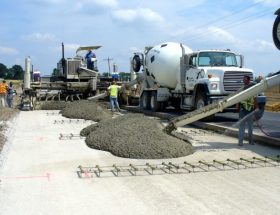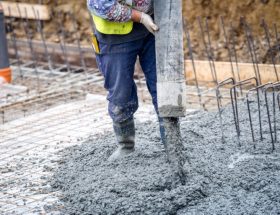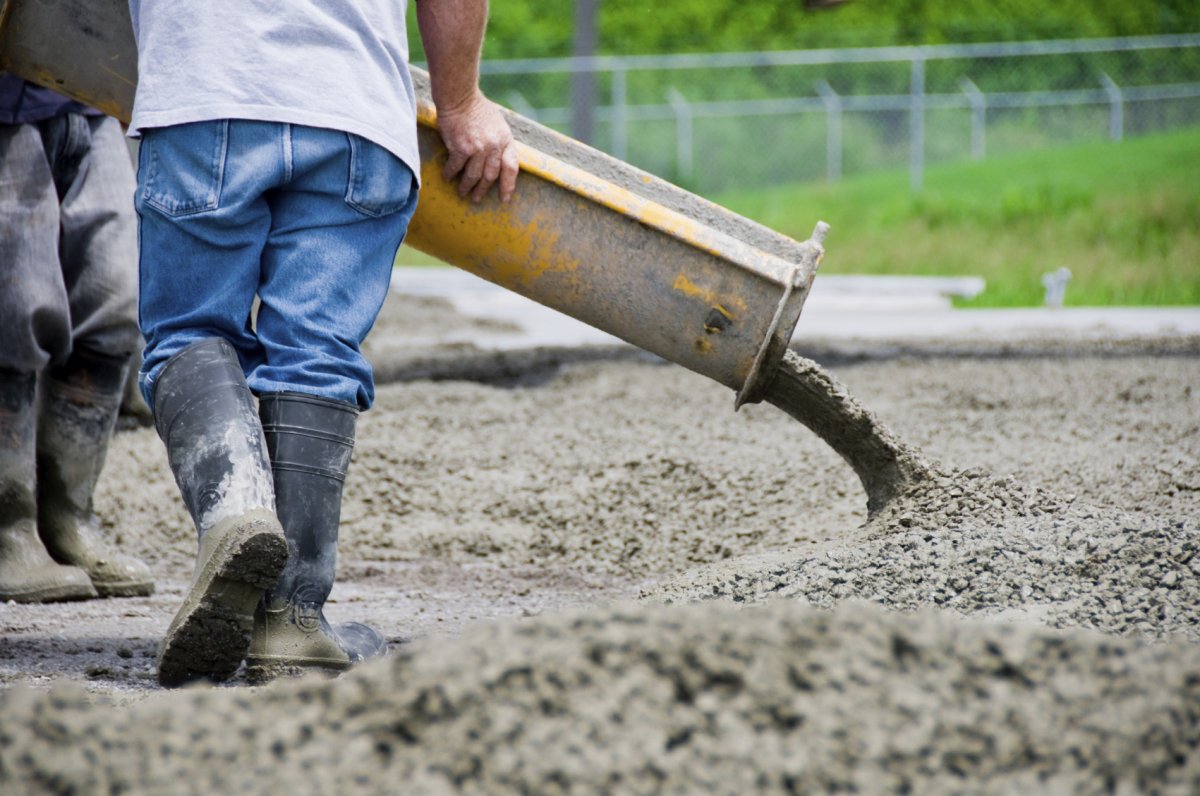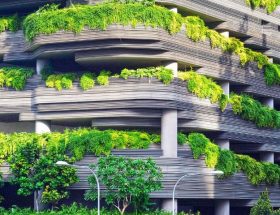Concrete has been eco-friendly for ages ago. From raw material produced to demolition, it has been all-natural and sustainable in home constructions. It is a mixture of cement, water, and aggregates (which make up 60-80% of the concrete), providing strength and bulkiness. Aggregates are of two kinds, coarse and fine aggregates, depending on the diameter of the particles. The commonest aggregates comprise crushed stone, gravel, and sand. Other rare aggregates are categorized as lightweight aggregates. These are further divided into three groups, i.e., natural resources (permite, clay, shale, and slate), industrial products (glass), and industrial by-products (fly ash). The other one is recycled concrete. It is obtained by breaking and tearing down existing concrete into smaller pieces.
Reasons behind why concrete is sustainable:
Efficient Resources. The most common raw materials of concrete are limestone, the most abundant mineral on the earth. However, concrete can also be made from fly ash, silica fumes, and slag cement, all waste byproducts from power plants, steel mills, and other industries.
Durability. These concrete buildings are durable, long-lasting and non-rusting, and non- rotting. The durability of these concrete masses is much more than other building materials.
Waste production is minimal. Concretes produce minimal waste in manufacturing or while in use. Once the concrete has served its actual purpose, it can be further used as aggregates in new concrete pavements or manufacturing roads as a backfill.
Physical Appearances. It produces meager heat. Light-colored concrete pavements and roofs absorb less heat and reflect more radiations than the dark-colored concretes. For example, Asphalt reduces the air conditioning demands in the summers.
Hold on to the stormwater.
A variety of previous concrete has a sponge-like structure with voids to pass water through them, preventing infiltration of soil. It helps to retain stormwater runoff and also replenishes local water supplies.
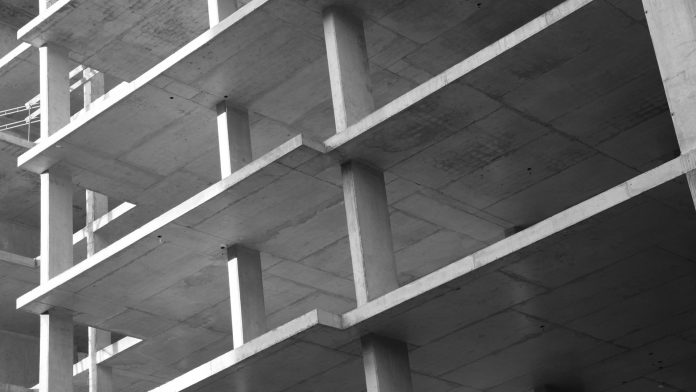
Impact of concrete construction in the environment:
- Production of cement increases the level of CO2.
- This is the 3rd most CO2 producing, after transportation and energy generation.
- 4-5% of the CO2 is produced from the manufacturing of cement.
The extraction and manufacturing of concrete deal with several negative points like degradation in landscape, dust, noise, pollution, and loss of agricultural land. The water is also wasted in the cleaning of aggregates and to manage the dust.
The ways the companies follow to reduce the impact of concrete on the environment:
AN organization is a concrete industry that is more sustainable and cleaner for the environment. Therefore, more organized sectors must have to be established to look after all these key factors.
- The reuse and recycling of the waste products produced while manufacturing concrete, such as water and leftover concrete.
- Assimilation of other byproducts like foundry sand, wood ash, and other materials that would be used in the landfills.
- More usage of renewable resources for the production and transportation of concrete. Reducing the use of fossil fuels.
- Advancement in the technology to use concrete chaff as aggregate to conserve natural resources and uphold the landfill capacity.


